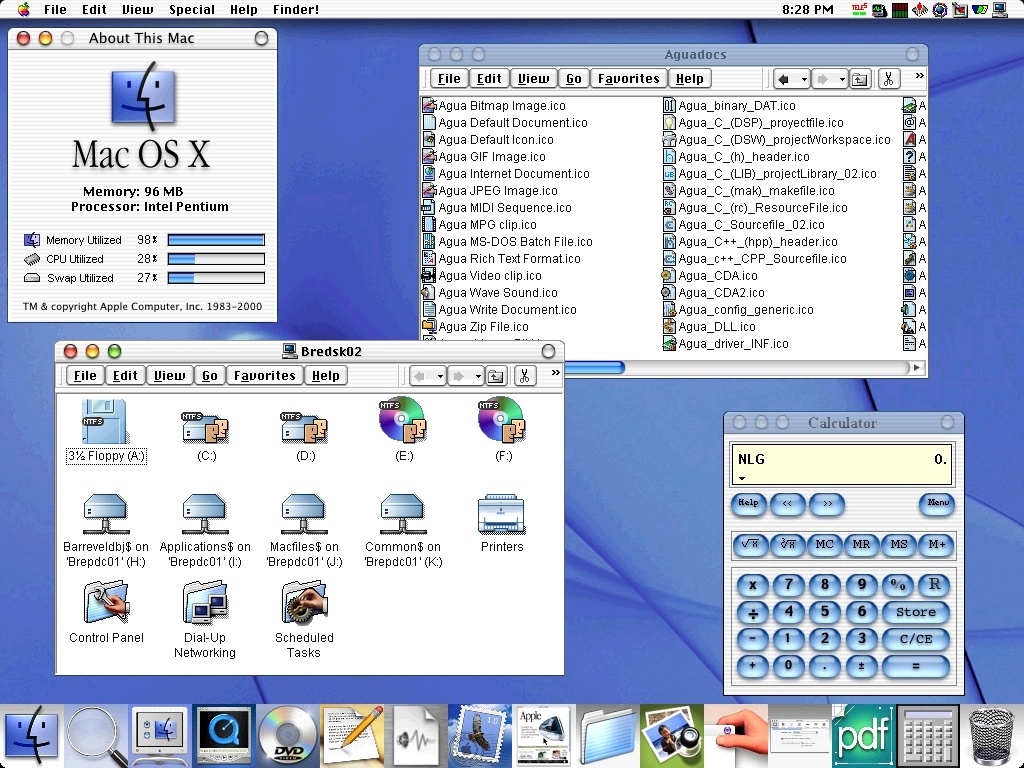Nextstep Os
Share this story In the 1990s, Apple struggled to bring the original Mac OS—originally written in 1984 for the resource-constrained Macintosh 128K machine—up to modern operating system standards. The story of to be is thrilling in its own right, but suffice it to say that Apple ended up buying Steve Jobs' second computer company, NeXT, and using its NeXTSTEP operating system as the basis of a new generation of Macs. Apple the acquisition of NeXT on December 20, 1996, noting it wanted NeXT's object-oriented software development technology and its operating system know-how. As part of the deal, Jobs came back to Apple, eventually taking over as CEO and making the company into the consumer electronics giant it is today. Sixteen years later, several technologies developed or championed by NeXT still survive in OS X and in its mobile cousin, iOS. This week, we remember some of those technologies which continue to power key features of Apple's devices. UNIX We consulted several developers with knowledge of both NeXTSTEP and OS X; they universally agreed that one crucial feature of NeXTSTEP that made OS X and iOS what they are today is its underlying UNIX roots.

Beneath all the slickly styled windows, icons, scrolling lists, and buttons sits a rock-solid, certified UNIX operating system. UNIX was by Bell Labs' Ken Thompson for the PDP-7 minicomputer. Motomaster Eliminator Battery Booster Pack With Air Compressor Manual. Its development throughout the early '70s led to the development of the C programming language by Thompson's colleague Dennis Ritchie. UNIX at its core was meant to be a powerful operating system for the massive computers of the day, but it could also be easily programmed and controlled by developers using a simple video terminal. AppKit framework In addition to using the Objective-C language, NeXT also developed collections of pre-built objects which developers could use to build software. Many of these were collected in the AppKit framework, which Apple adapted into for OS X and later into for iOS. These frameworks help eliminate some of the tedious, repetitive coding typically required in application development, letting developers focus on core functionality and usability.